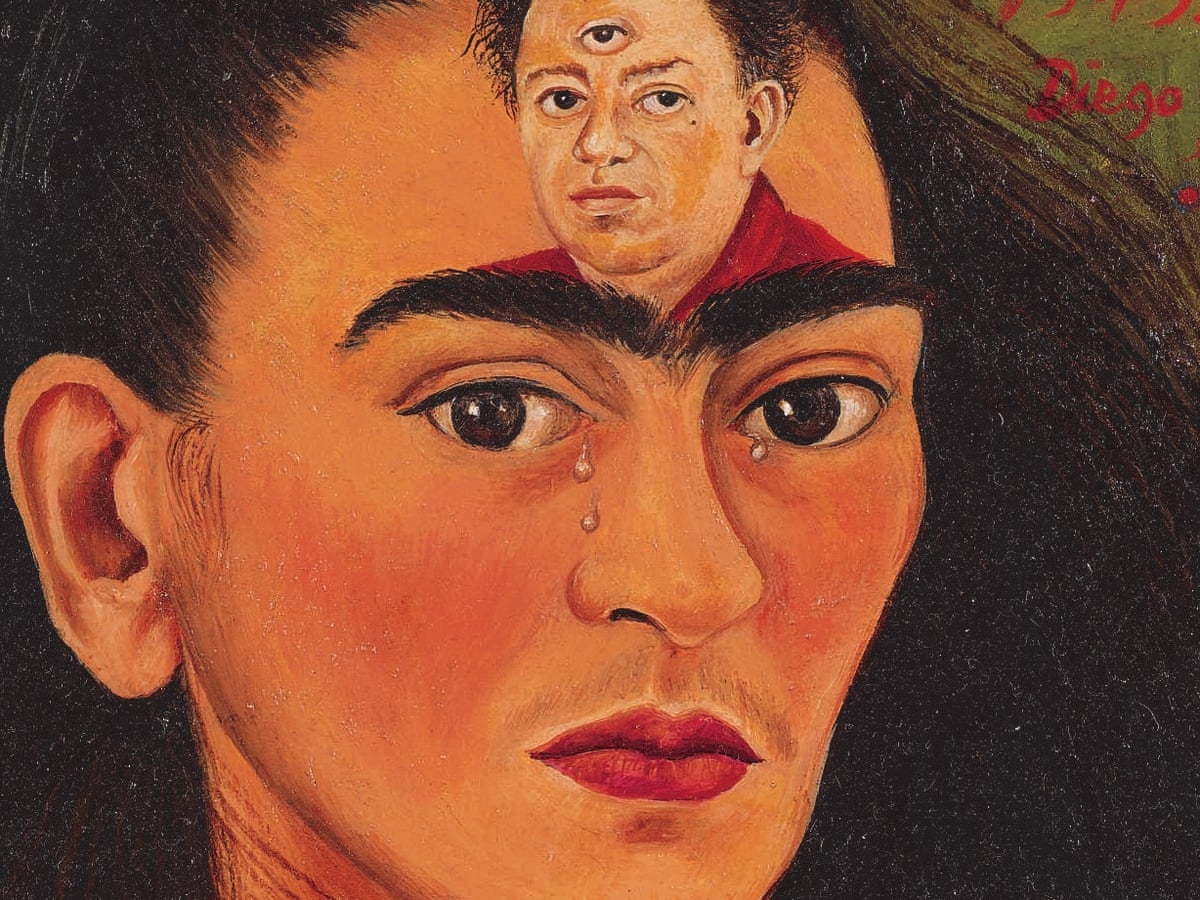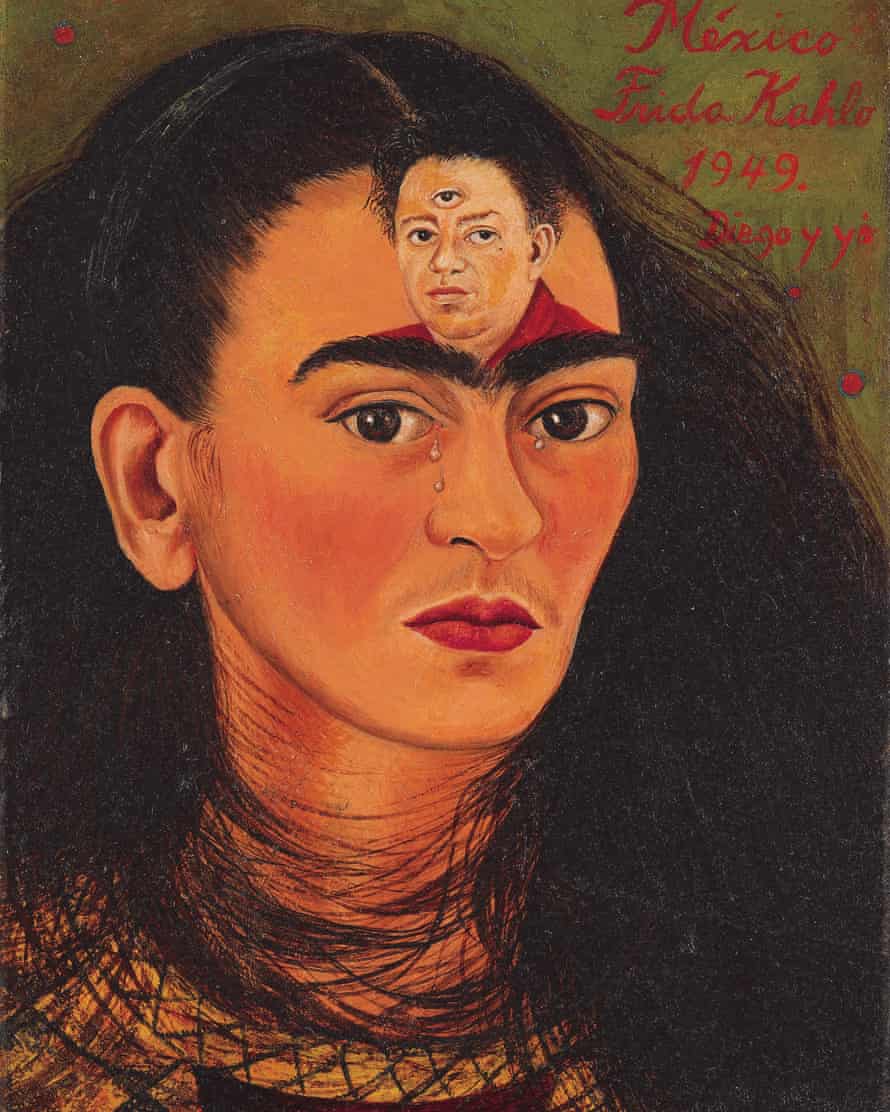The Modern Evening Auction (16 November 2021) will feature artworks that capture the spirit of artists working around the globe in the late 19th and early 20th centuries who dared to challenge established norms of artistic practice to create a new and wholly modern vision of art. Tracing the origins and fulfillment of abstraction through Impressionism, Pointillism, and Cubism into Abstract Expressionism and beyond, the Modern sale will spotlight these critical developments of the last 150 years, uniting those masterworks that define art history as we know it today.
This season, the Modern Evening sale will be led Claude Monet’s exquisite, forward-looking Coin du basin aux nymphéas from 1918 as well as Frida Kahlo’s masterpiece Diego y yo from 1949. Monet’s Coin du basin aux nymphéas captures the artist’s famed garden at Giverny in resplendent, deliquescent hues and pushes the boundaries of Impressionist painting to the verge of abstraction with his pioneering brushwork. (Details below)
The masterpiece is joined by another work by the artist, Antibes vue de la Salis, an example from one of Monet’s most successful coastal campaigns featuring the seductive scenery of southern France.
Kahlo’s Diego y yo is one of the artist’s last and most important self-portraits and features the iconic imagery for which she is best remembered. From the same year as Kahlo’s portrait, Alexander Calder’s monumental Untitled of 1949 is a magnificent early example of the artist’s defining hanging mobiles, the bold forms, simple shapes and delicate suspension of which speak to Modernism and Surrealism, while the movement and play of light and shadow both hint back to Impressionism and look forward to Abstraction.
Furthering the legacy of abstraction are Richard Diebenkorn’s Berkeley #6 (1953), an exceptional and early example of the California painter’s distinctive aesthetic and, returning to Europe, Pierre Soulages’ remarkable and rare red masterwork Peinture 195 X 130 Cm, 4 Août 1961.
These works are joined by Ernst-Ludwig Kirchner’s Grünes Selbstbildnis vor Landschaft, a striking and rare self-portrait,
Georgia O’Keeffe’s impressively scaled masterwork Cross with Red Heart from 1932,
and René Magritte’s Le Droit chemin, a compelling exemplar of the clarity of thought, compositional purity and precise execution the artist reached in his mature works, amongst other important highlights.
Claude Monet's Coin du bassin aux nymphéas. Courtesy Sotheby's. | ||
In the wake of the exceptional $70.4m result achieved at Sotheby’s last May for Monet’s Le Bassin aux nymphéas (1917-19), Sotheby’s will now bring to auction another late masterpiece by the artist, Coin du bassin aux nymphéas from 1918, which comes to the market later this month for the first time in nearly 25 years. The painting will be another star highlight of Sotheby’s newly-conceived Modern Evening Auction, alongside Frida Kahlo’s Diego y yo (Diego and I). Monet’s large, color-drenched canvas characteristically paves the way towards 20th-century abstraction, providing a critical bridge between the various components of the sale, which ranges from Alfred Sisley to Alexander Calder to Lee Krasner. “Monet’s late works have long been acknowledged as critical to the evolution of Modern art, and their appreciation by the market has never been stronger – their large scale, sumptuous colors, and intimations of abstraction are all of irresistible appeal. With its illustrious exhibition history and great provenance, we expect this late work – a tour de force of color and ambition – to excite demand from around the globe”. --Helena Newman, Sotheby’s Chairman, Europe, and Worldwide Head of Impressionist & Modern Art “Claude Monet remains one of the undeniable icons in the history of art, whose work is beloved around the world for its beauty and perspective-shifting experimentation, and Coin du bassin aux nymphéas represents a quintessential example from his celebrated and famed Water Lilies series. Following our sale earlier this year of the large-scale Le Bassin aux nymphéas for $70.4 million, and the record-breaking auction of Meules in 2019 for $110 million, the market for Monet continues to achieve new heights and milestones, with the Water Lilies series among the artist’s most prized works. A remarkable example of Monet’s late period, Coin du bassin aux nymphéas is a work of impressive scale and presence which transports the viewer to the other worldly magic of Monet’s garden.” --Julian Dawes, Sotheby’s Head of Modern Art, Americas Coin du bassin aux nymphéas will be on public view at Sotheby’s New York beginning 5 November, alongside the full complement of works from the Modern Evening Auction, as well as The Macklowe Collection, the Contemporary Evening Auction, the Now Evening Auction, and a rare printing of the Constitution. The famed lily pond at Claude Monet’s garden at Giverny provided the subject matter for the artist’s most celebrated canvases in his late career, including the magnificent Coin du bassin aux nymphéas from 1918. The theme of waterlilies—which became not only Monet’s most celebrated series of paintings, but one of the most iconic images of the Impressionist movement—dominated the artist’s work over several decades, recording the changes in his style and his constant pictorial innovations. Coin du bassin aux nymphéas is a powerful testament to Monet’s enduring vision and creativity in his mature years, and this work, along with the related canvases in the series, led to the celebrated Grandes Décorations now in the Musée de l’Orangerie in Paris. In Coin du bassin aux nymphéas, Monet juxtaposes the waterlilies floating on the lilypond’s surface with the reflections of the trees above. Together with the long fronds of the water grasses, the tendrils of weeping willow and boughs of rambling roses lend a truly dynamic sense of motion to the composition. This sense of motion, which Monet developed over many decades, aided in his work having an increasingly abstract treatment of space and a greater focus on the effect of light and shadow, which uses the surface of the water to reflect the wealth of color around it and blurring the boundary between the real and the refracted. By obscuring the horizon line, Monet virtually eliminates traditional perspective and instead builds an abbreviated sense of depth through the contrasting patterns and gestural brushwork in the foliage. The richly worked surface becomes a kaleidoscopic tapestry of color and light built upon the contrasts of the sinewy leaves and rounded blossoms. In 1914, Monet began to conceive of his Grandes Décorations, a sequence of monumental paintings of the gardens that would take his depictions of the waterlily pond in dramatic new directions. The artist envisaged an environment in which the viewer would be surrounded by the paintings, which had been a dream of the artist’s dating back to the 1890s, when his increasing focus on series pictures–such as his Haystacks, Rouen Cathedrals, Japanese Bridges and Mornings on the Seine–saw his creative process and approach to discrete works of art undergo a marked shift. Monet’s carefully designed garden at Giverny presented the perfect opportunity for the artist to refine his series paintings, as it provided a micro-cosmos in which he could observe and paint the changes in weather, season and time of day, as well as the ever-changing colors and patterns. Monet thus paid exacting attention to the details of the garden, including maintaining the pond and plants in a perfect state for painting. More broadly, the role of gardens in Impressionist art was the subject of a major exhibition at the Royal Academy in London and the Cleveland Museum of Art, in which this painting featured prominently. The Grandes Décorations, along with much of Monet’s late production, would influence artists throughout the following generations. The lasting legacy of Monet’s late work is most clearly seen in the art of the Abstract Expressionists, such as Joan Mitchell, Clyfford Still, Jackson Pollock, Sam Francis, and later artists such as Gerhard Richter, whose bold color palette and rejection of figuration is foreshadowed by Monet’s Nymphéas, with Coin du bassin aux nymphéas an influential and emblematic example that remains a hallmark of 20th century art. | ||






